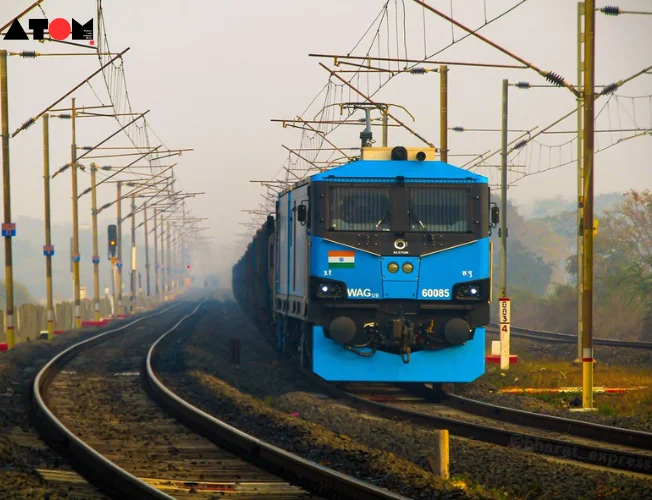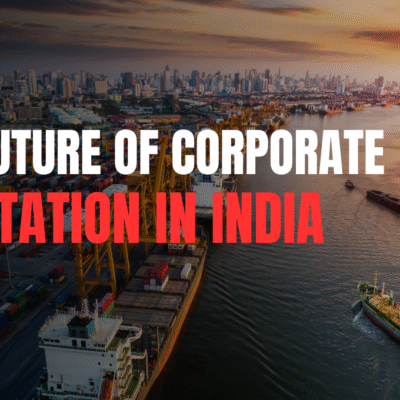Government Reassesses Freight Corridor Strategy
In a significant development, the government is contemplating abandoning its ambitious plan to establish three dedicated freight corridors (DFCs) across the country. These corridors, namely the East Coast, East-West, and North-South corridors, were estimated to cost approximately Rs 2 trillion. Instead, the government may shift its focus towards developing commodity-specific rail networks, according to a senior railway official speaking on the condition of anonymity.
Issues with Existing Freight Corridors
The decision to reconsider the construction of additional DFCs comes amidst challenges faced by the recently commissioned east and west freight corridors. These challenges include the railways having to aggressively market these corridors to potential bulk customers and network planning issues that have surfaced during the implementation of these projects. Currently, the capacity utilization of the east and west corridors remains relatively low.
Reevaluation of Dedicated Freight Corridor Projects
Despite the Railway Board receiving detailed project reports for two of the proposed corridors (East Coast and North-South), and the expectation of receiving the report for the third corridor (East-West) soon, a rethink is underway. Meetings have already been held between members of the Railway Board and the Dedicated Freight Corridor Corporation (DFCCL) to discuss these reports. However, it is likely that the railways will not pursue the construction of these corridors as initially planned.
Emphasis on Commodity-Specific Rail Networks
Instead of proceeding with the proposed DFCs, the government is considering the development of commodity-based rail corridors, as announced by Finance Minister Nirmala Sitharaman in her interim Budget speech. These corridors would cater to specific commodities such as energy, minerals, and cement, as well as serve specific purposes like port connectivity and handling high-traffic density.
Impact on Economic Growth
The decision to prioritize commodity-specific corridors aligns with the government’s vision of enabling multi-modal connectivity and accelerating GDP growth while reducing logistic costs. These corridors, along with the existing DFCs, are expected to play a crucial role in enhancing the efficiency of cargo movement and bolstering the country’s economic growth.
Budgetary Allocation and Previous Plans
The announcement to focus on commodity-specific corridors in the interim Budget was seen as a departure from the government’s previous plan outlined in the Budget speech of 2021-22. In the earlier budget, generic corridors such as the East Coast, East-West, and North-South were mentioned. However, the government’s reassessment reflects a strategic shift towards aligning infrastructure development with specific economic needs and market demand.
Challenges and Opportunities
While the commodity-specific corridors offer potential benefits such as existing customer base and targeted infrastructure development, challenges persist in optimizing the utilization of existing freight corridors. The low capacity utilization of the eastern and western DFCs underscores the need for a more nuanced approach to infrastructure planning and implementation.
Read more: Marketing News, Advertising News, PR and Finance News, Digital News





